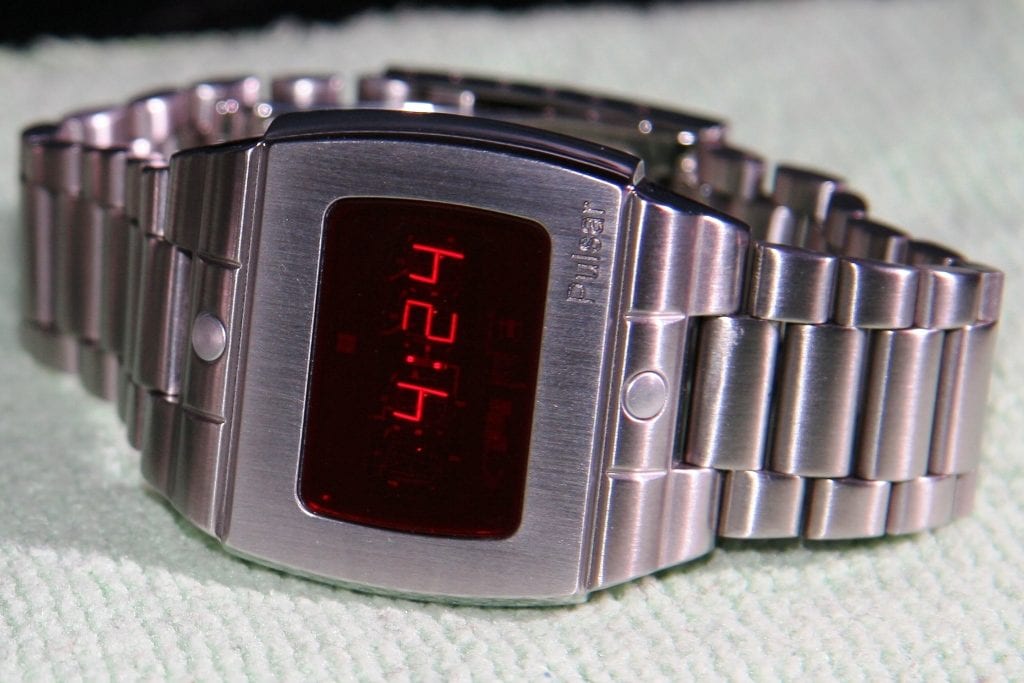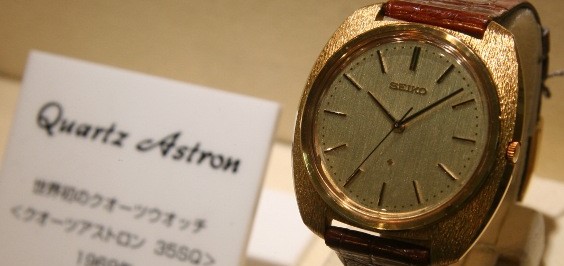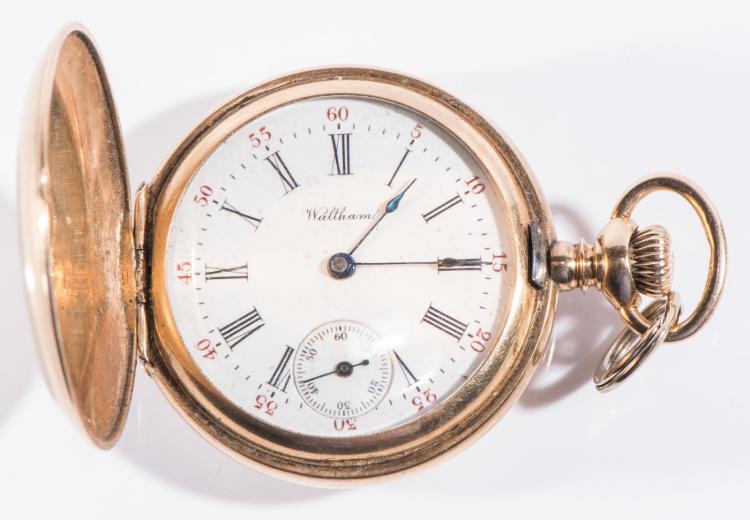
A new technology emerged in the later half of the 20th century that nearly displaced mechanical timekeeping—and was a massive upset to the horological world. This benchmark of engineering was the quartz crystal movement. Being more accurate than their mechanical counterparts (overall), with a much lower cost to manufacture, it was no surprise that quartz watches shook the global watch market to its core. Although the first of these commercial quartz watches came across as an expensive, electronic novelty, the trend took hold—and still affects the watch and clock world to this day.
A
Difference in Mechanics
Quartz movements themselves work off of the oscillations of small quartz crystals, instead of using mechanical escapements, which require more frequent maintenance and upkeep. These oscillations work at a regular frequency and are easy to trigger/harness energy from, thus moving the gears of a quartz watch at highly accurate intervals. Though many mechanicals—especially high-end ones—can keep great time, their function wears down over time and causes a loss of seconds, minutes, or even hours as they age. It’s this difference in upkeep and overall convenience that truly pushed quartz watches to the forefront. Also, in conjunction with lower labor and manufacturing costs, the quartz movement was easy to adapt to increasingly small electronic parts. This made the technology a no-brainer for watchmakers trying to appeal to a broader market. Despite this, many traditionalists have fought (and still fight) for maintaining the mechanical legacy.
Swiss
and Japanese Watchmakers Compete

Historically, Japanese and Swiss watchmakers had a sort of arms race over quartz technology during the 1960s. In this international fight, Japanese brand Seiko ended up coming out on top with their a-bomb—the Astron—in 1969. This wristwatch essentially kicked off the quartz crisis/revolution. Not long after this release, Swiss watchmakers engineered their own quartz movement—the Beta 21. A few Swiss watch manufacturers utilized this movement in their watches after its creation. Omega, a watch company with a reputation for excellence, jumped on-board with the Swiss Beta 21 early on. As time moved forward, Japanese brands Casio, Citizen, and Seiko moved their R&D toward new variations of quartz watches. Through the 1970s and 1980s, a sizable group of Swiss brands decided to stick with mechanical watchmaking—much to their detriment. Though some have survived, a lot of watchmakers had to liquidate their wares and were taken up by more monetarily successful businesses.
By 1983 Swiss
watchmakers were in decline—dropping from around 1,600 to just 600 watchmakers
actively plying their trade. However, the release of the Swatch (short for
“second watch”) just one year prior helped boost market share for Swiss
watchmakers to some degree. Despite a few battles won, Seiko was the company
stealing the show during this time. With an annual revenue reaching up to the
realm of $700million a year, even the most well equipped and powerful Swiss
brands were trying to catch up to the pace of this Japanese giant. On top of
this, Seiko was producing over 18million timepieces per year. This made it
tough for other Japanese manufacturers to keep up as well.

Lower tier mechanical brands like Waltham, Caravelle, and Elgin (among others) took the biggest hit during the height of the quartz crisis. Their more affordable mechanicals fell into some obsolescence due to a more inexpensive (and efficient) technology. Some mid-tier brands struggled—but eventually learned to thrive during this time. Longines, Heuer, and Omega were among these stay-afloat Swiss brands. A lot of this survival came from a new focus on branding. Branding, to this day, has kept many Swiss watchmakers hitting hard—despite their dips during peak quartz revolution.
Deja Vu
Retrospectively, the quartz crisis/revolution has been a bit of repeated history. A similar crisis occurred in the late 19th century when the Waltham Watch company began making mechanical watches with interchangeable parts. These mass produced timepieces gave traditional Swiss watchmakers a run for their money. Much to the fanfare of the everyday consumer, made-en-masse watches were easy to purchase—often costing less than other mechanical pocket watches of the time.
The
Revolution and Crisis Continue
As is stands today, the quartz crisis/revolution continues to hold hands with the Third Industrial (or Digital) Revolution. With an increasingly automated world, it could be that the next big crisis in timekeeping is smart-tech. So, be mindful of trends in the watch world over the coming decades. If the last turn-of-the-century is any indication, a massive shift in overall technological interface will reshape how we relate ourselves to time—and will fundamentally change the tools we use to describe it. Until then, keep your mechanicals maintained and enjoy a quartz watch of your choice—each one is a nod to the further democratization of timekeeping.
Times Ticking has been in operation for more than 30 years, since 1982. We have performed watch repair for customers both locally and internationally. If it Ticks! We KNOW it! Our team of watch repair technicians have a combined experience in watchmaking of over 120 years.

